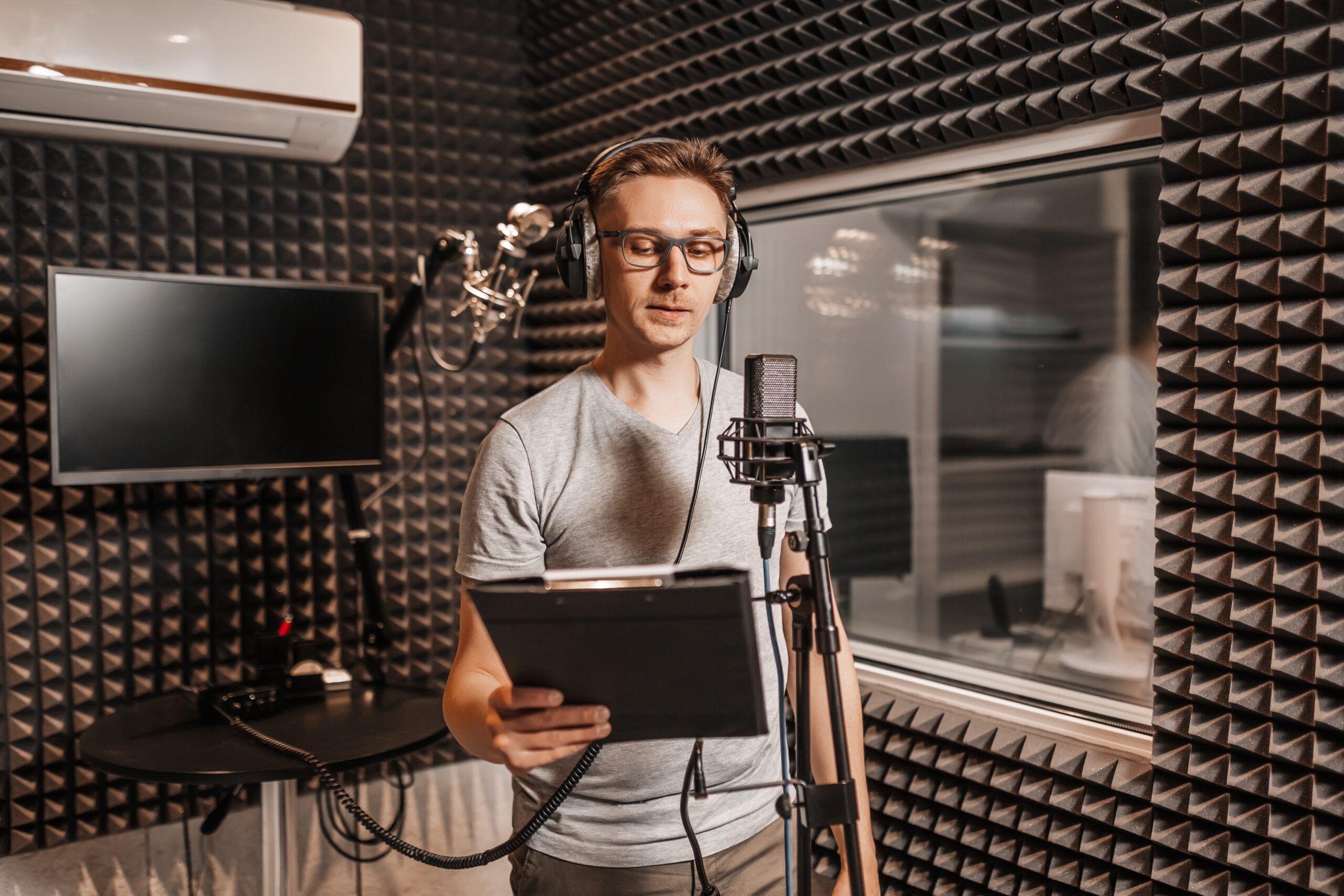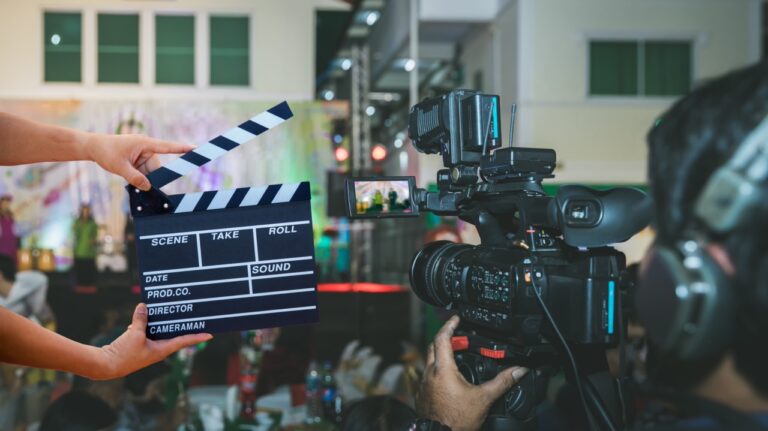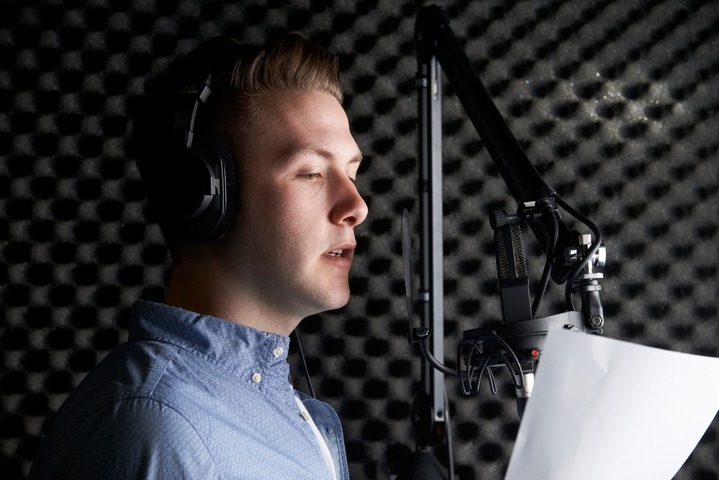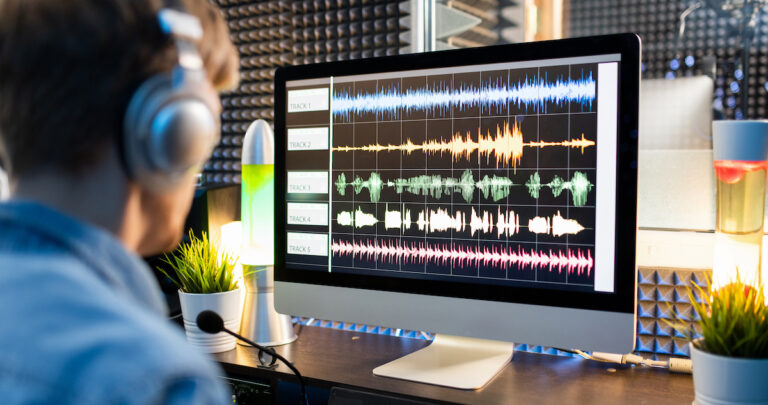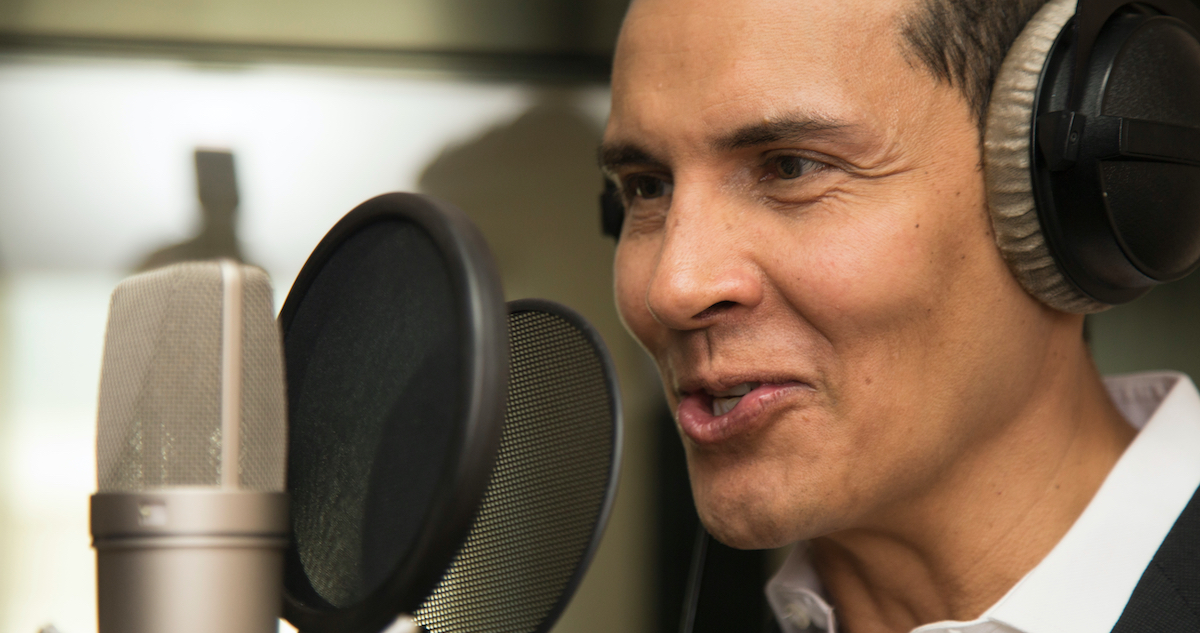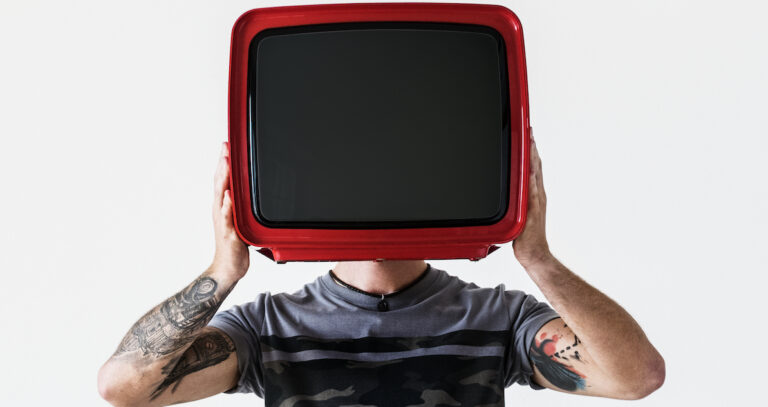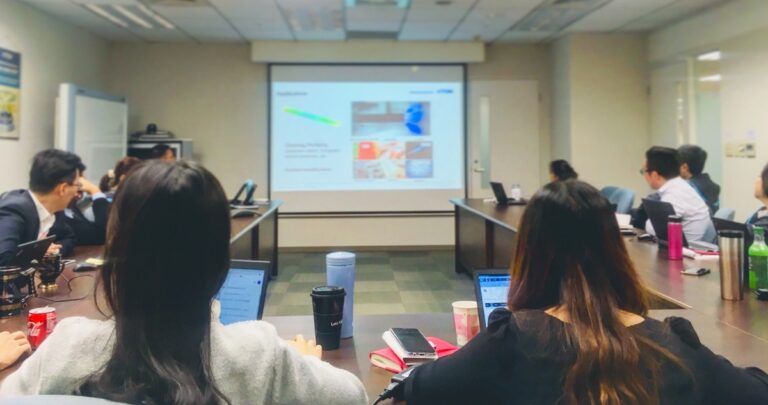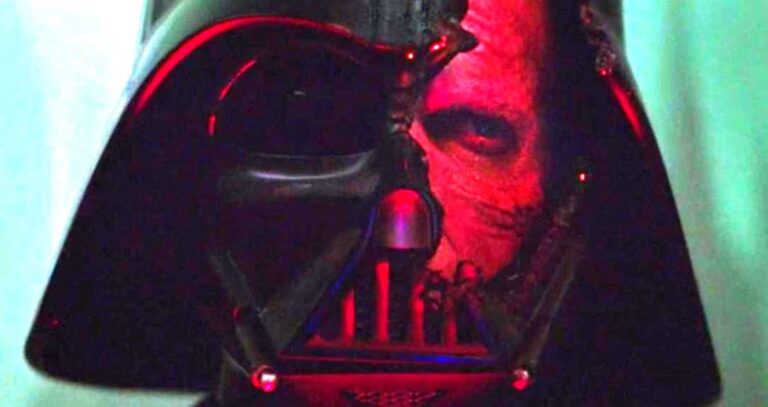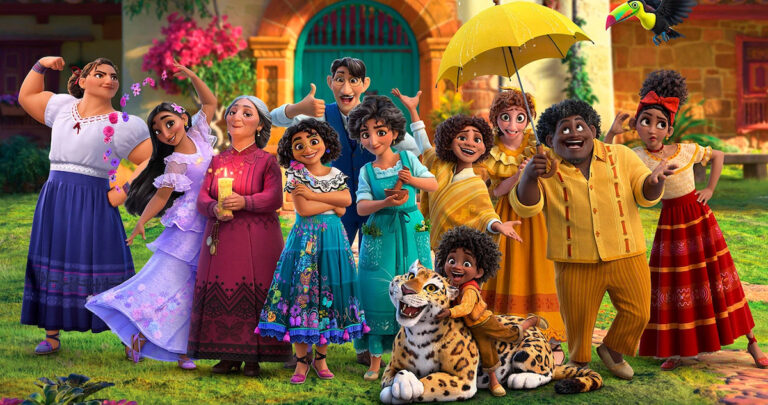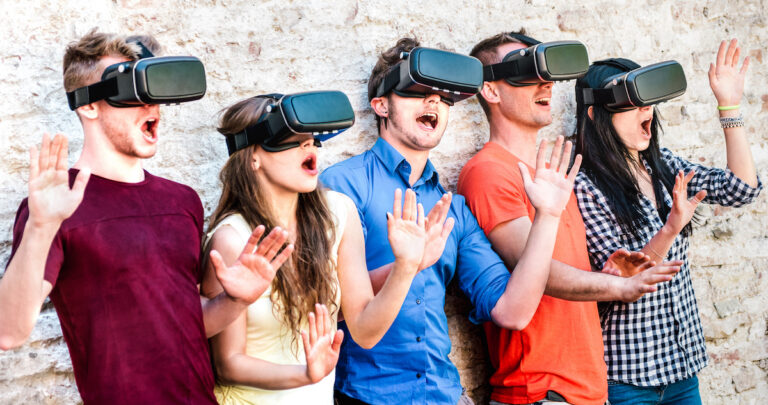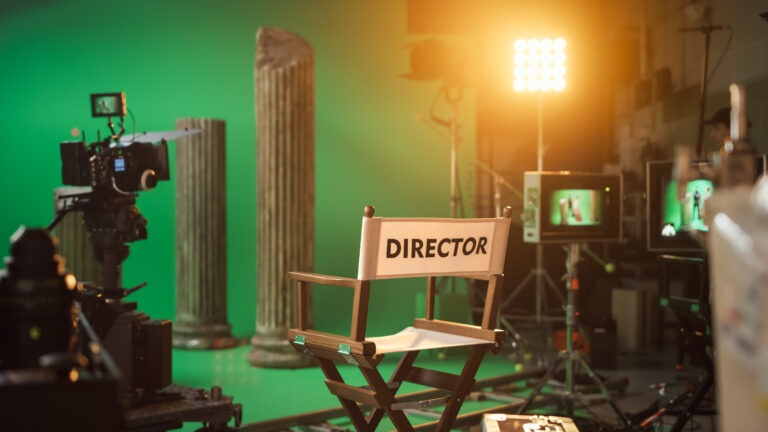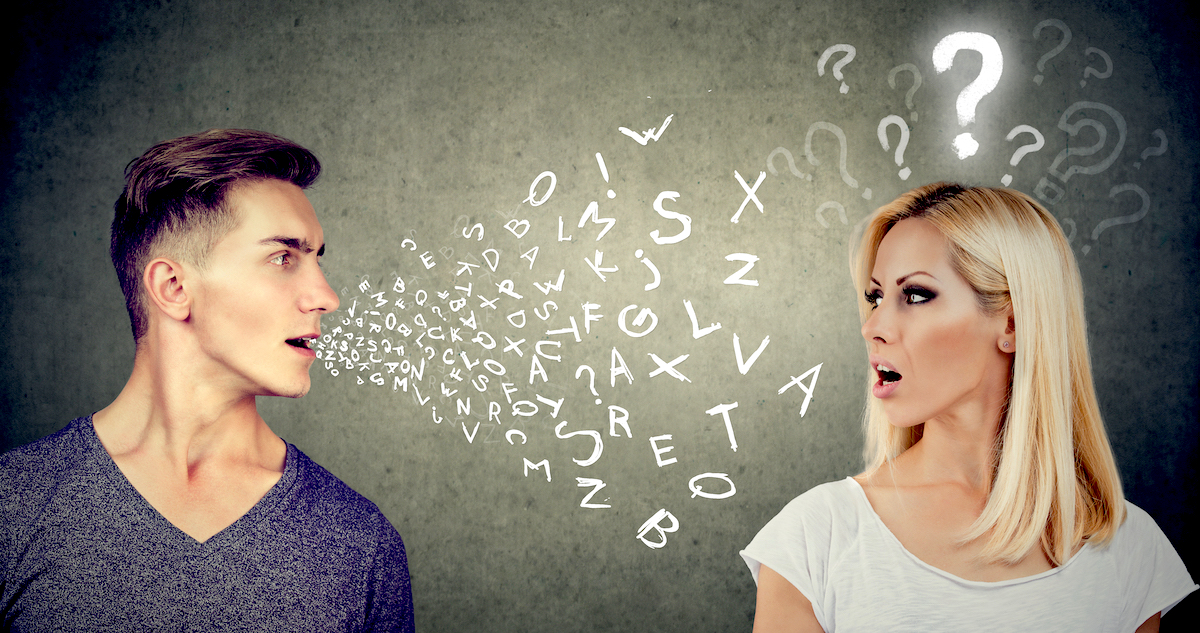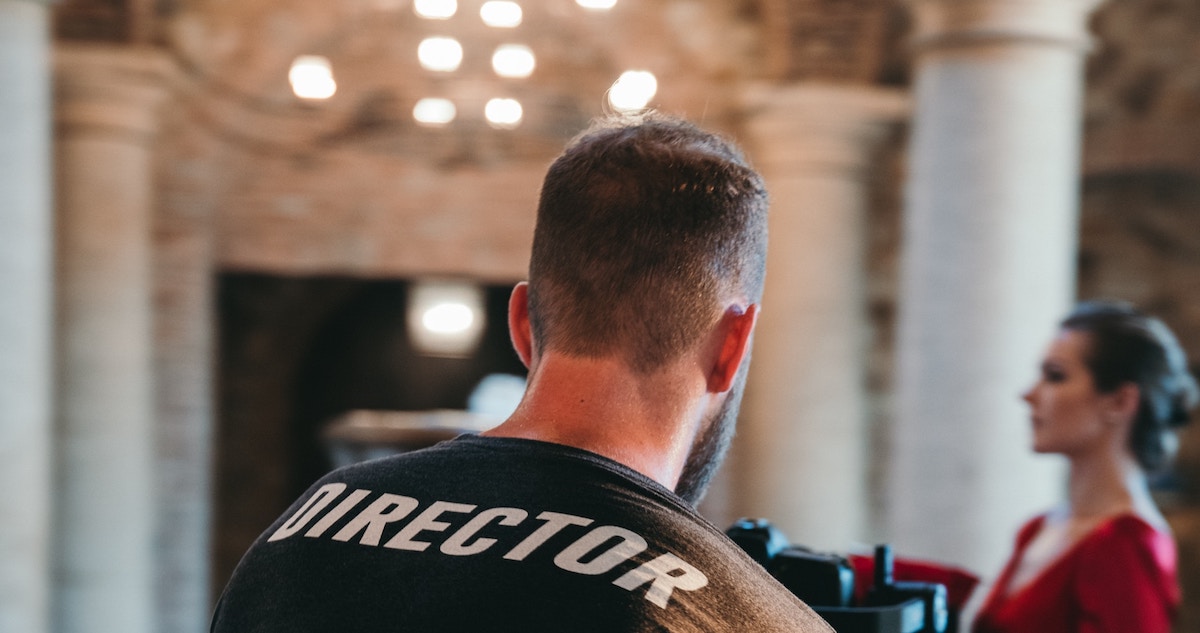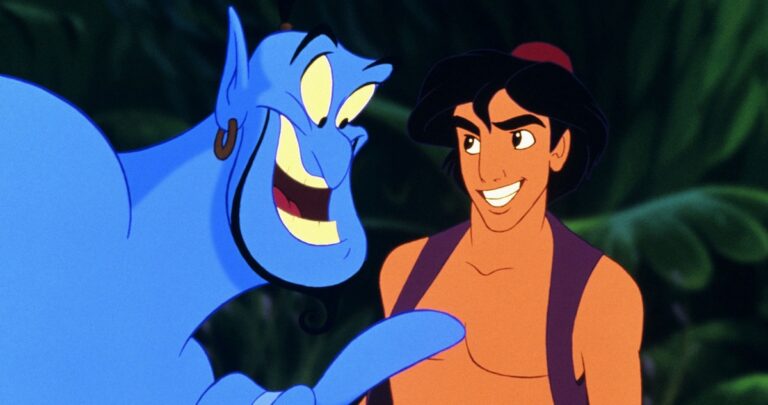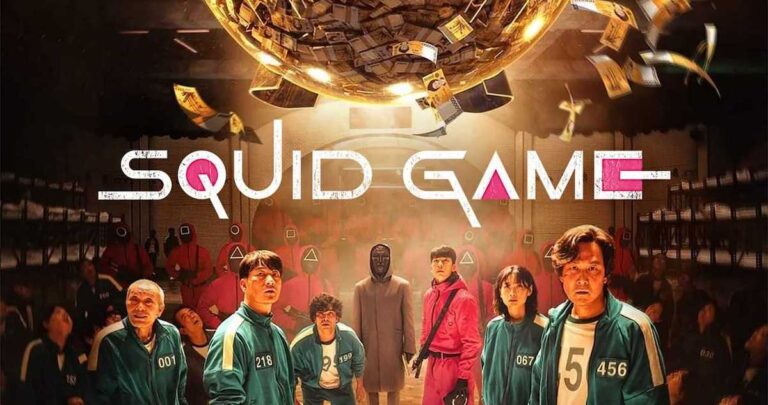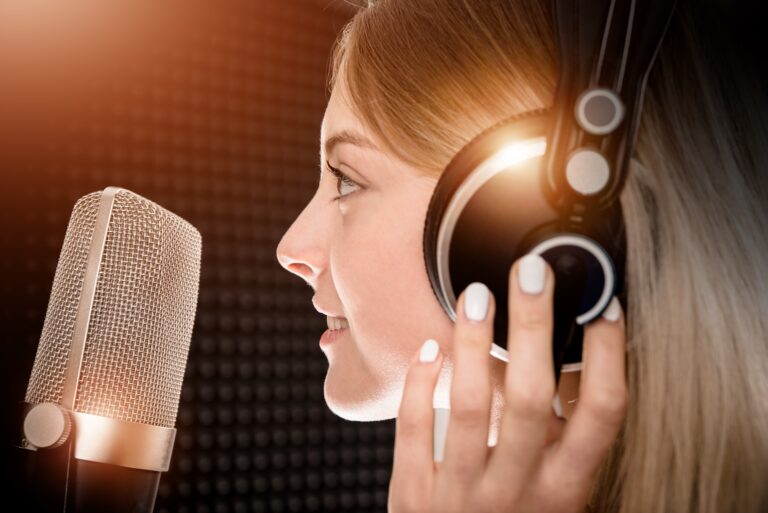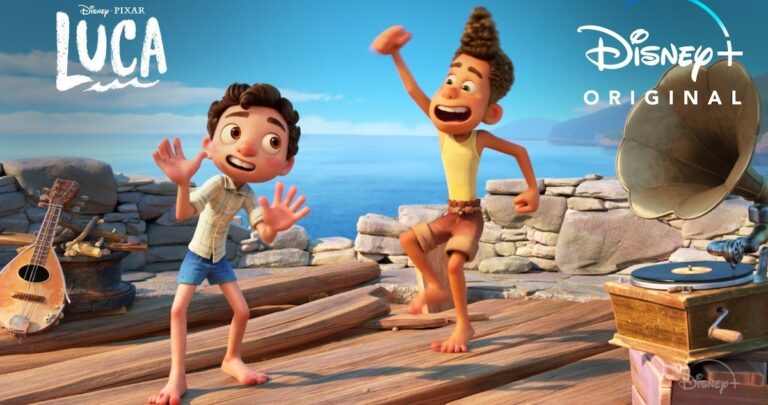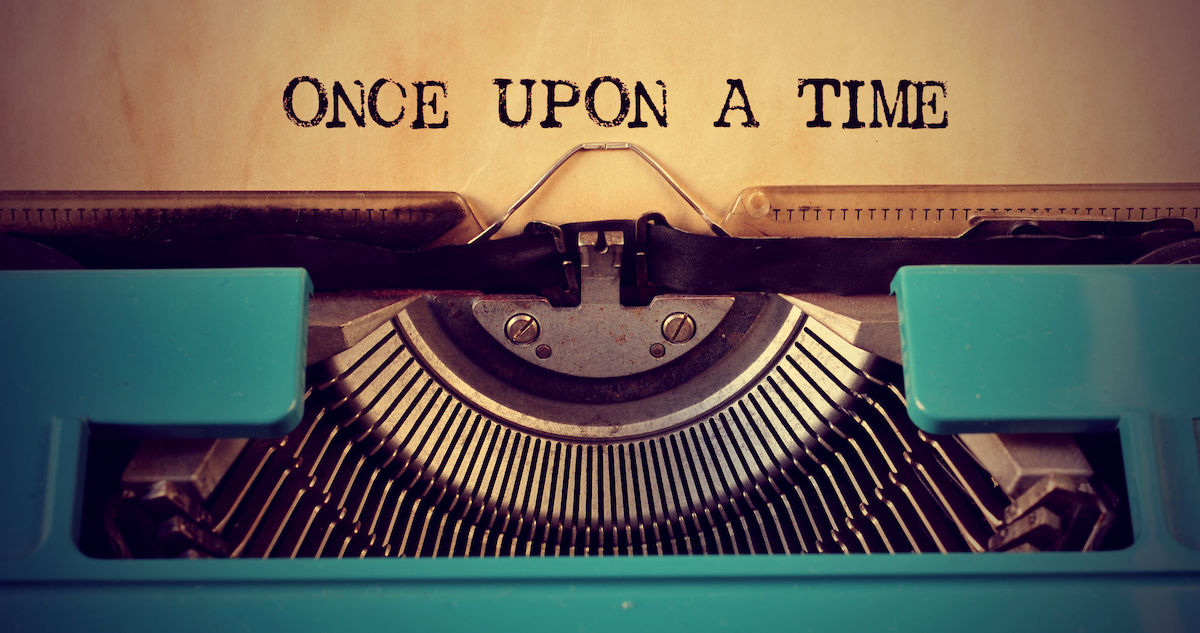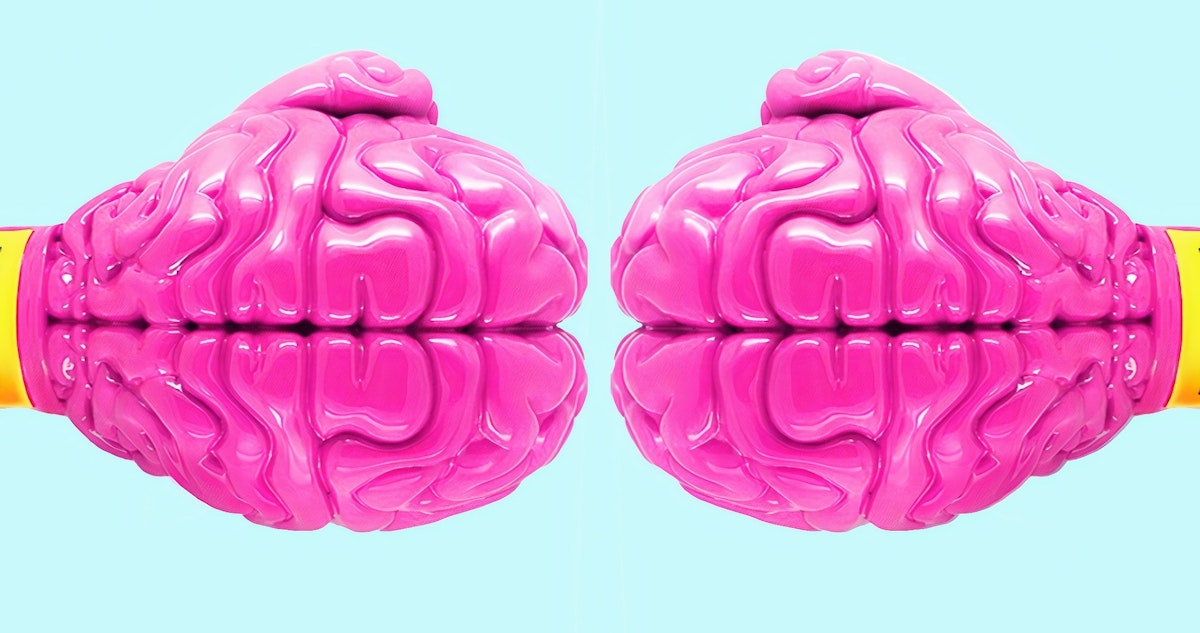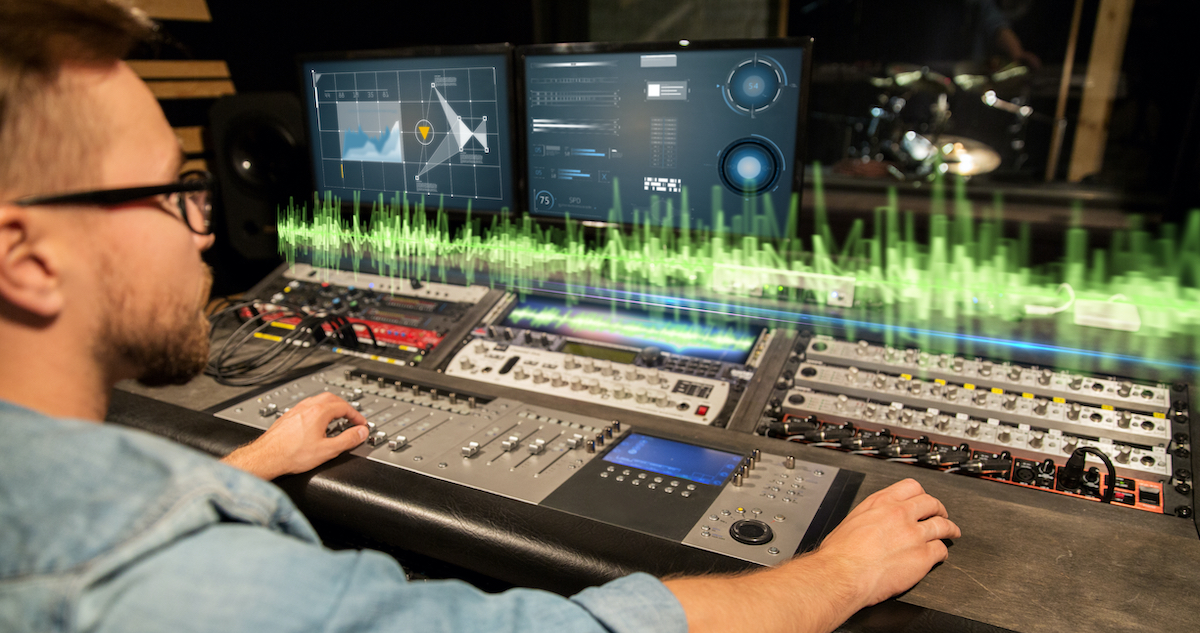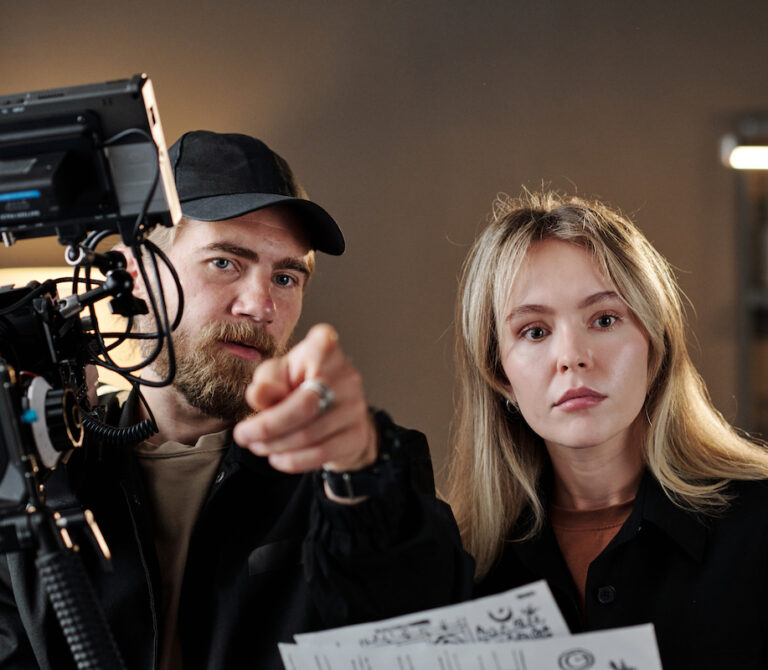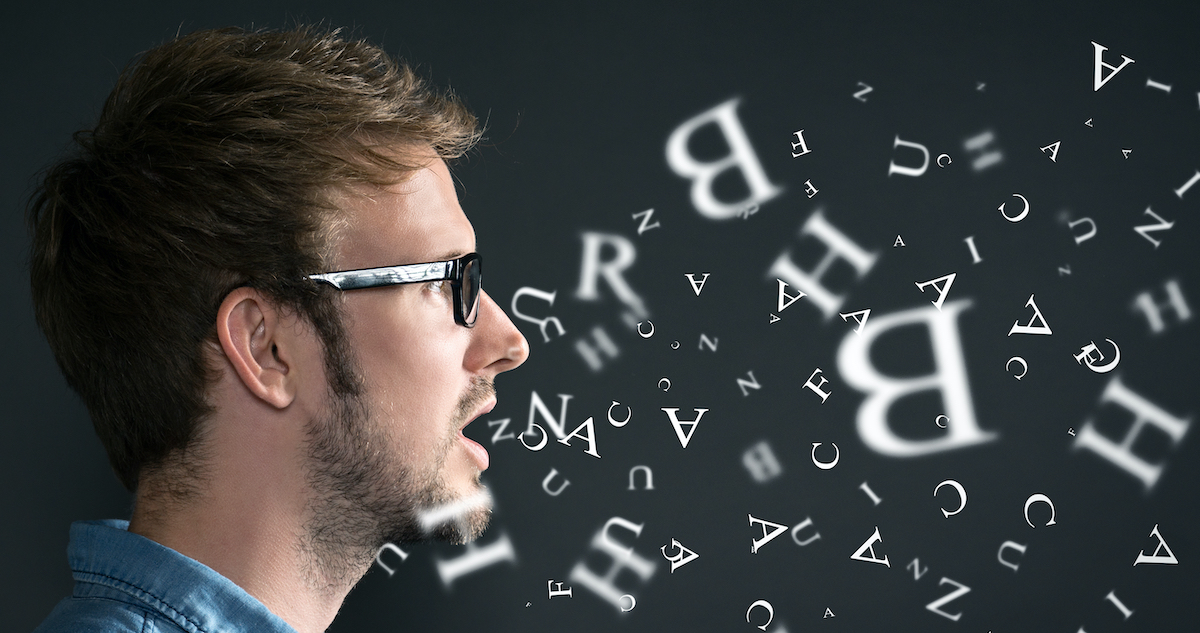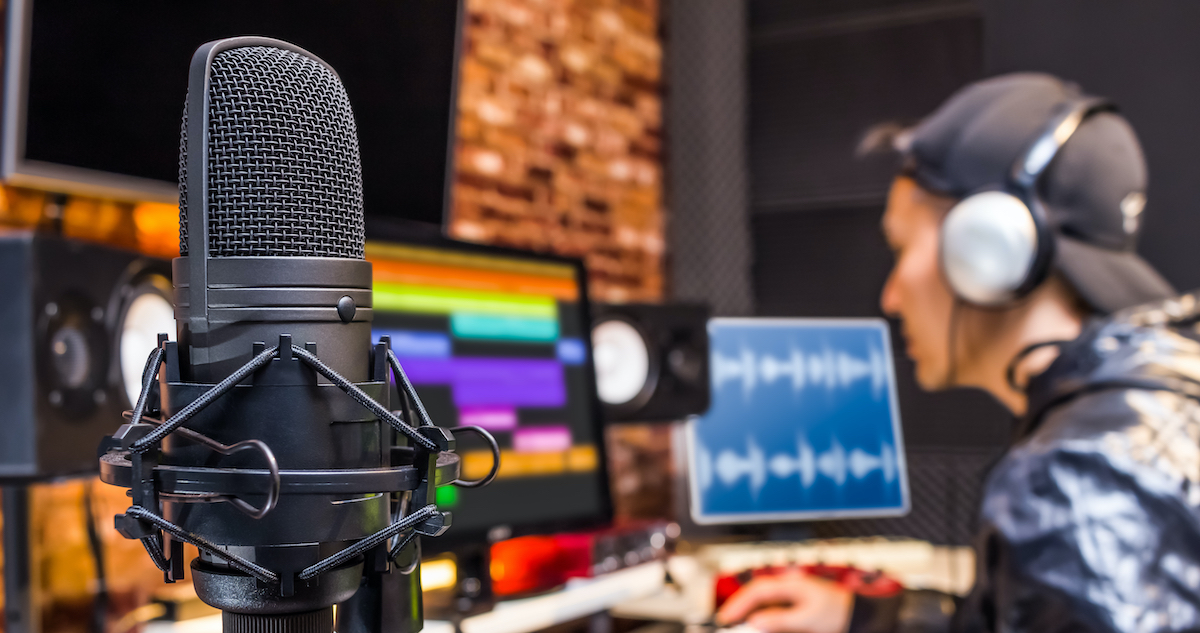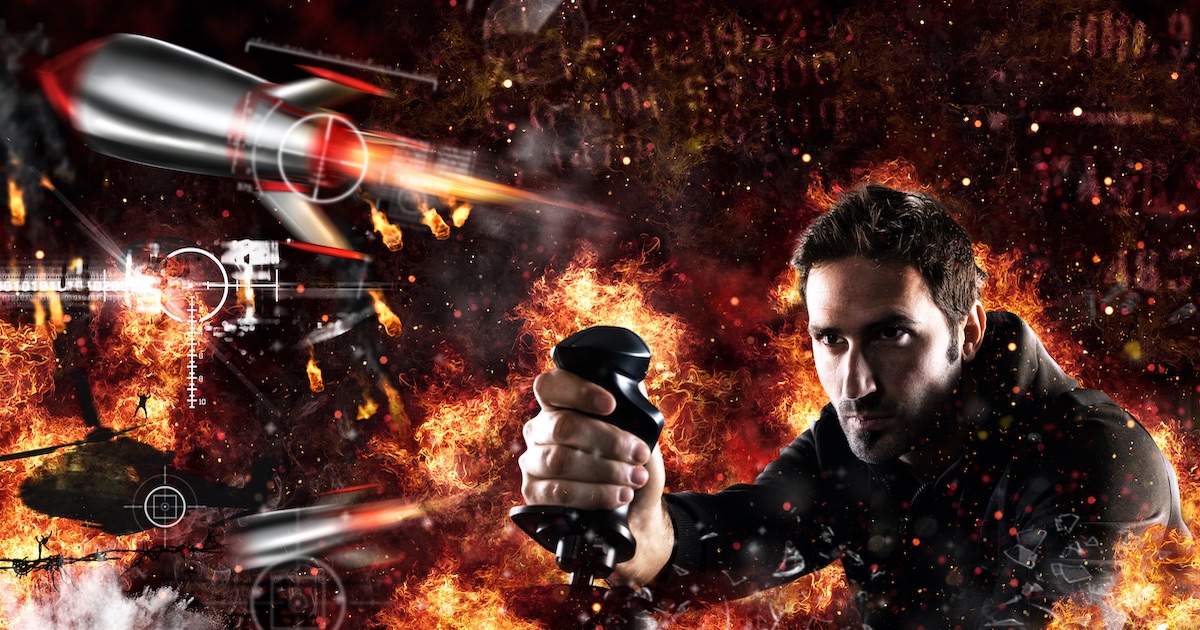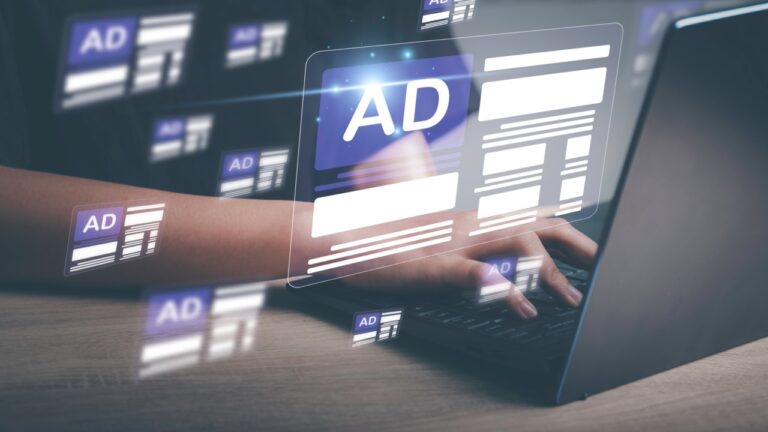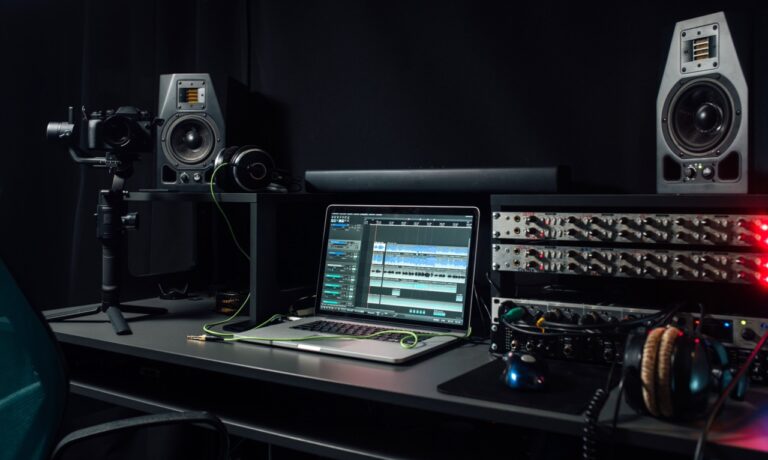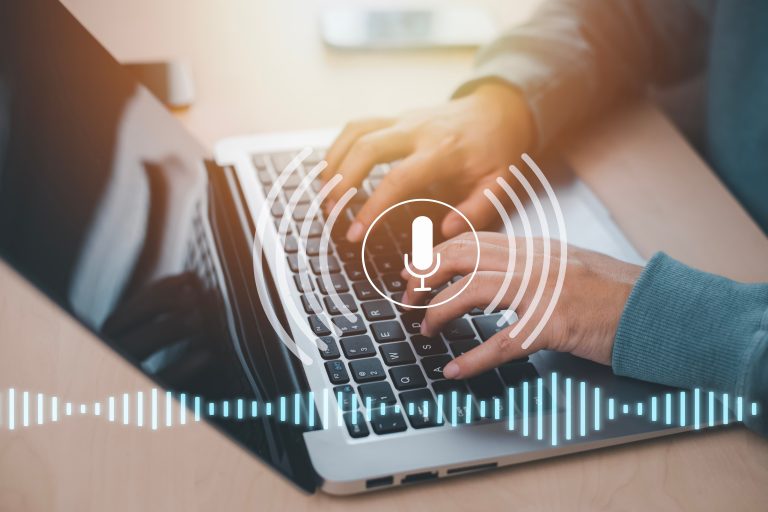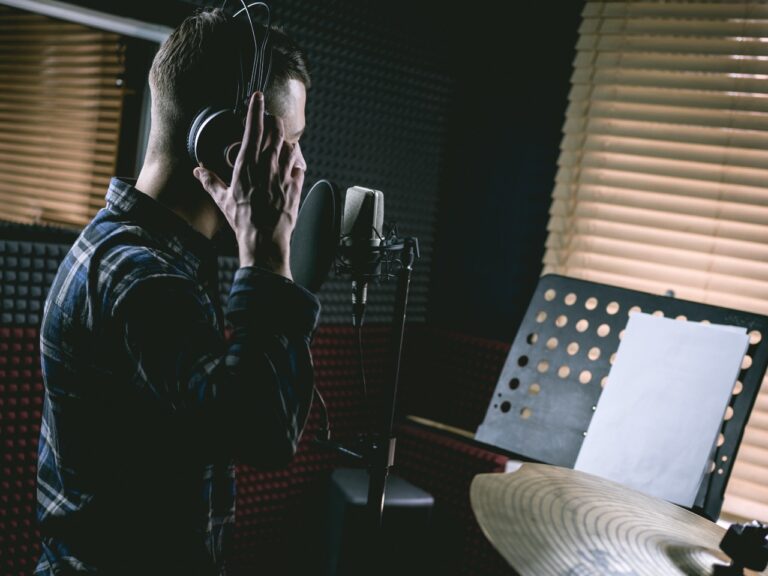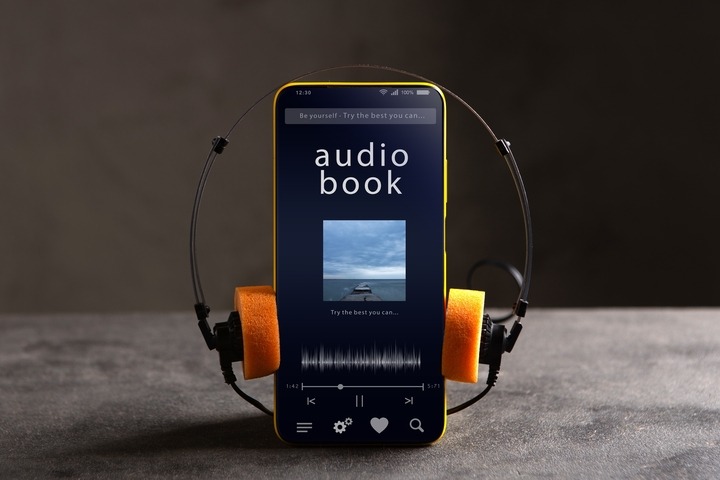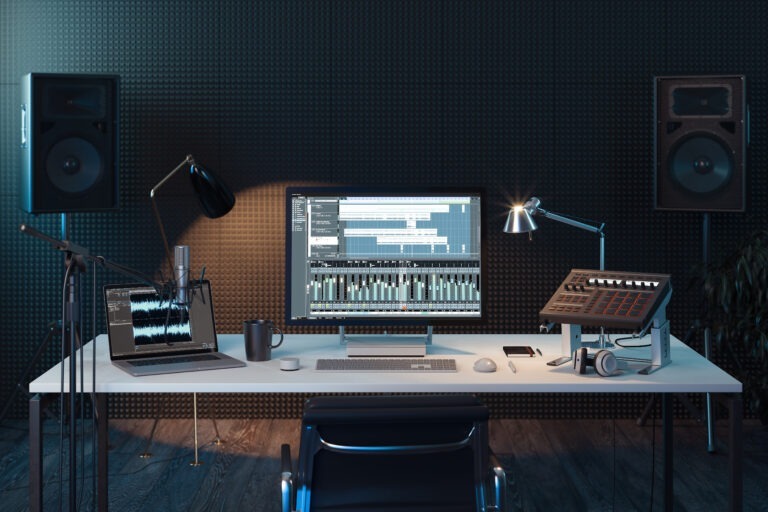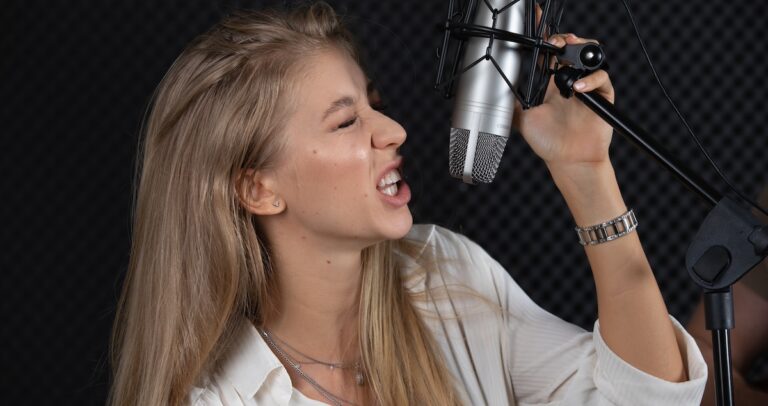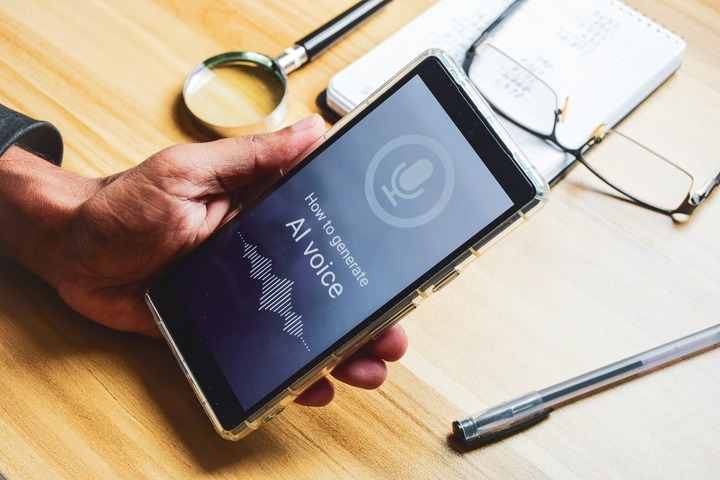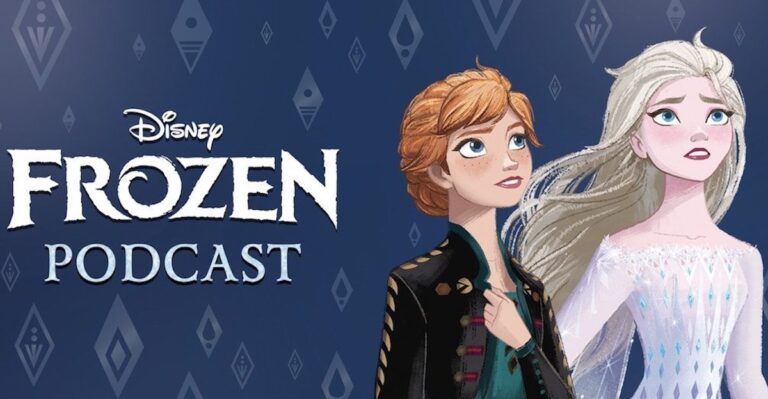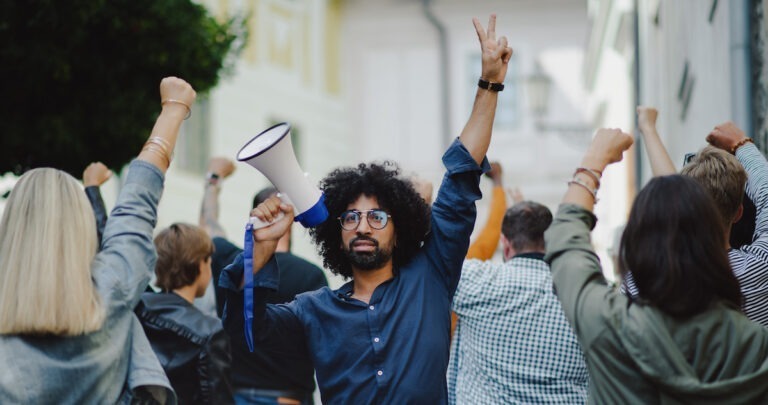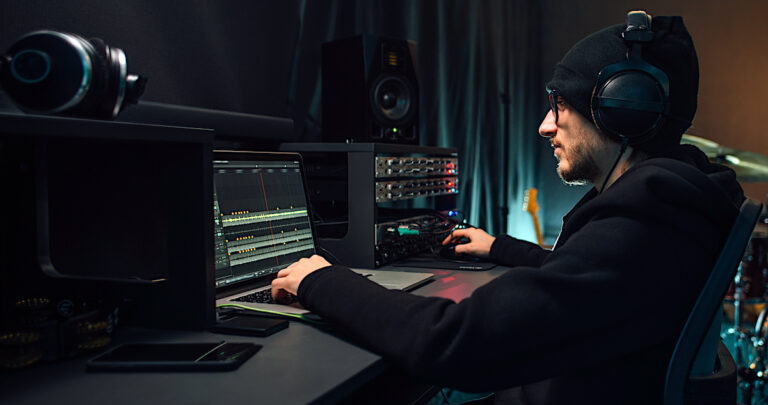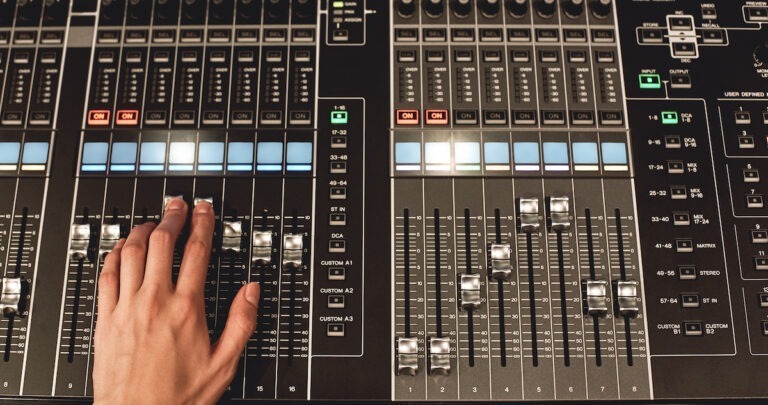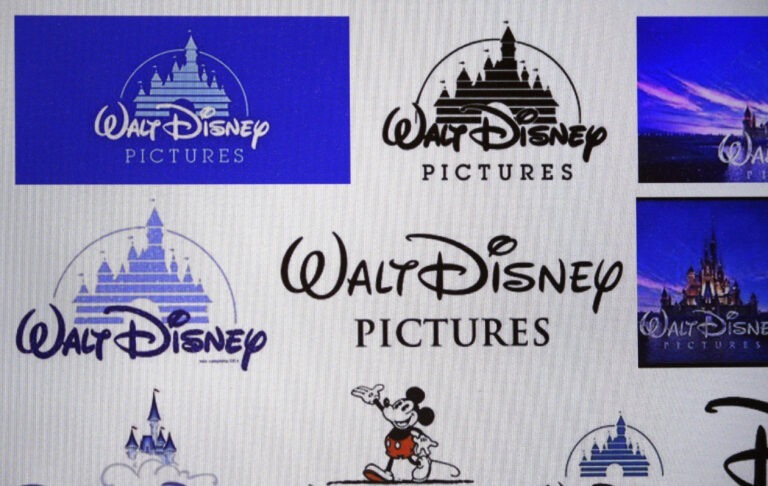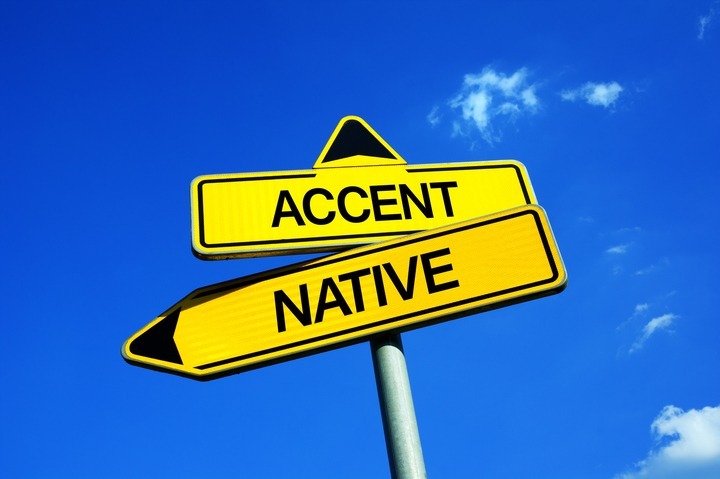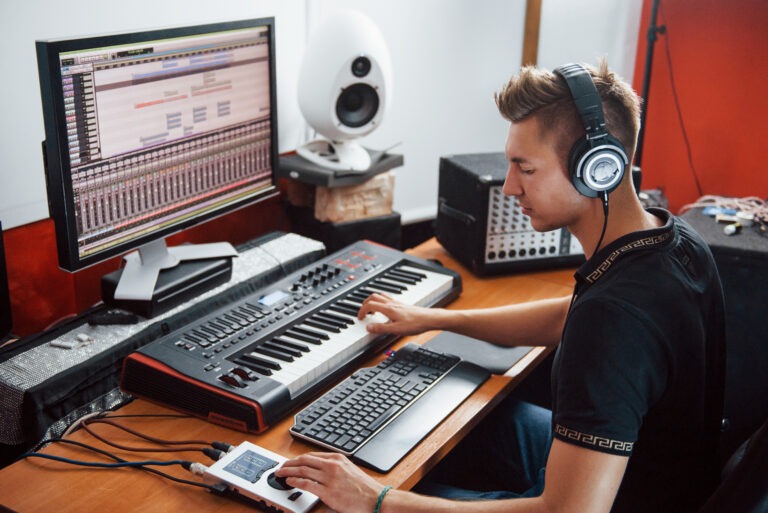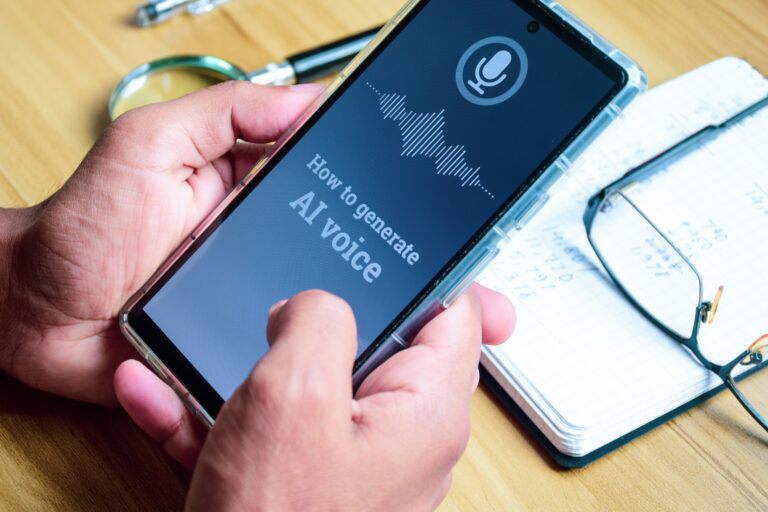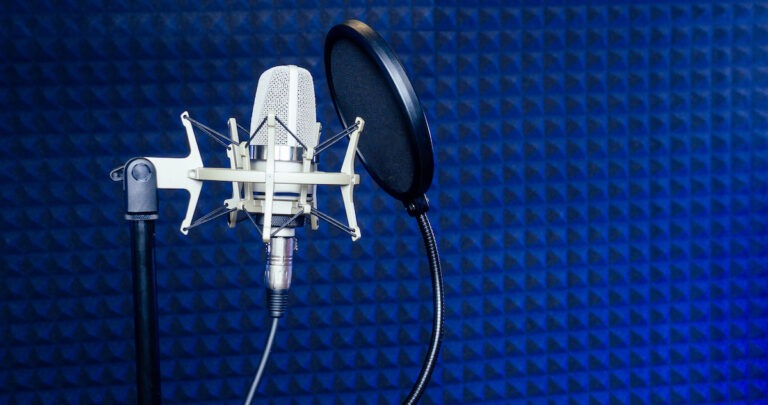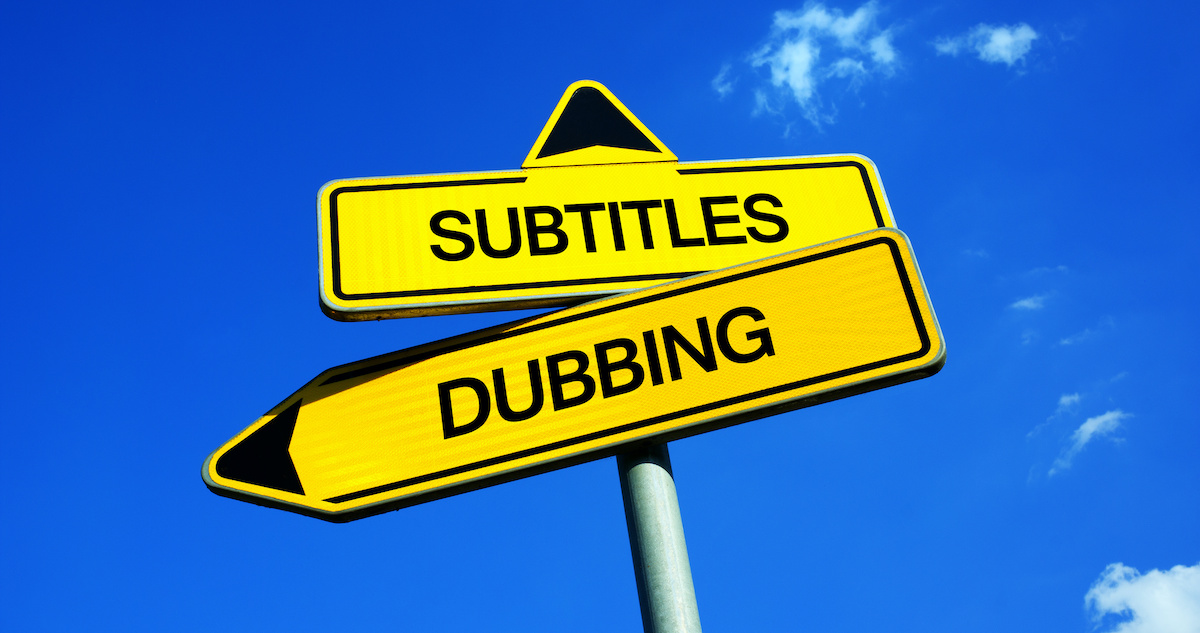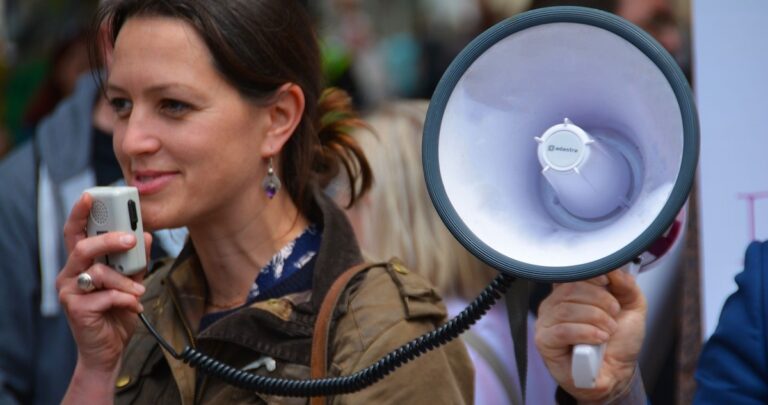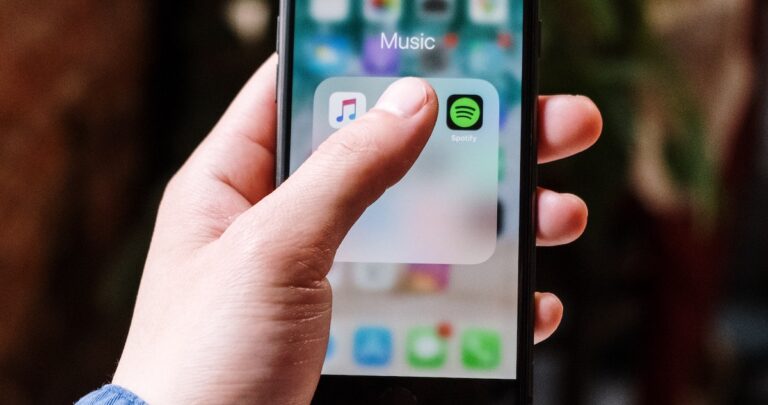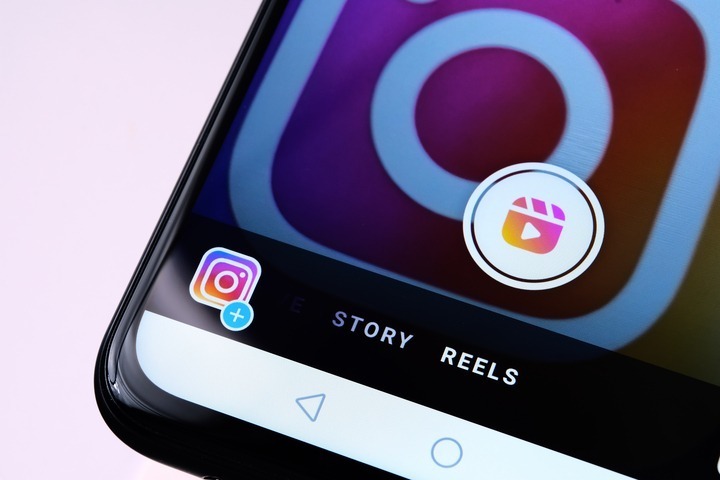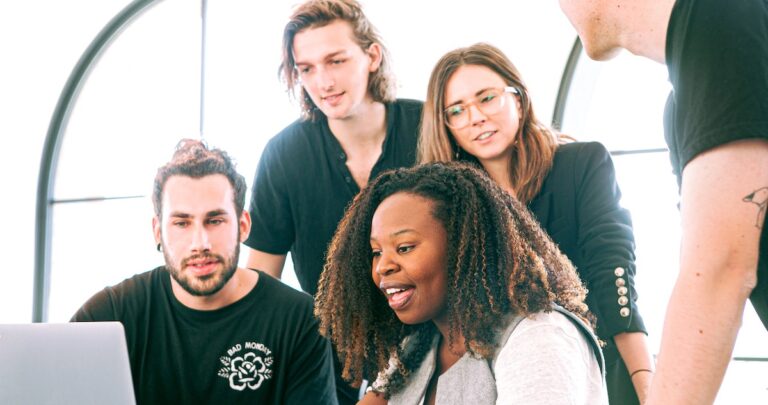What is dubbing? Today, it’s more than just translation. It’s a unique way of making content available to audiences in their native language. Dubbing AI is also revolutionizing the industry with precise lip-syncing and more voice over options. The hit show, Netflix’s Money Heist, is dubbed authentically into English, French, and even Polish, with authentic voice overs.
At Voice123 – where you’ll find talented voice actors for dubbing – we’ve compiled a complete dubbing guide for all audio/visual projects. In this post, we’ll explore what is dubbing, the different types, and the best dubbing AI tools.
Get ready to make your masterpieces international!
What is dubbing?
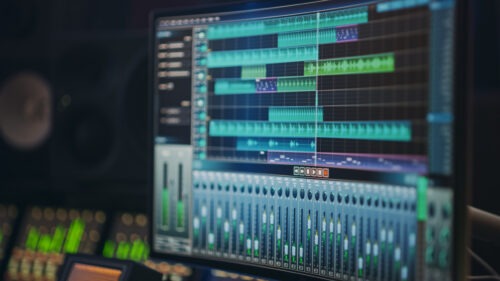
Dubbing is the post-production process of replacing the original dialogue in a film, anime, or TV show with a new audio track in another language and matching it to the on-screen speakers’ facial movements and body language. Voice dubbing starts with script translation, and voice actors record while watching the footage to synchronize audio and video. Sound engineers edit the audio track for timing, volume, and quality. This process also helps video producers make content accessible in different languages by using voice actors to read the translated script authentically so the audience can relate to familiar jokes, idioms, and cultural references. Voice actors who are skilled and fluent in the translated language can portray the information naturally while matching the tone and style of the original dialogue.
The value of dubbed content in AV projects
Dubbing in AV projects allows creators to produce content in different languages so more people can appreciate the story’s nuances, humor, and emotional undertones. It also helps to localize content. Localization helps bridge the cultural and linguistic gaps between different regions, making the content more relatable for viewers. Think of Squid Game, the South Korean survival drama. Since it was dubbed in thirteen languages, the show went beyond Korea, with 111 million viewers in 28 days. With dubbing, audiences could understand the plot’s intricacies and the character’s emotions in their own language. So, investing in high-quality dubbed content is a strategy that will expand your project’s reach and impact.
Let’s look at the different types of dubbing and how to use them.
Different types of dubbing for AV projects
- Film: A dubbed film makes movies accessible to audiences while preserving their emotional intensity and cultural nuances. Since their release almost fifty years ago, the Star Wars films have been dubbed into over 50 languages.
- Video game: A dub preserves the storytelling and character development. The Witcher 3: Wild Hunt has dubbed versions so players worldwide can connect with the game’s narrative and characters.
- Anime: Voice actors must maintain the original tone and humor of the project. In the U.S., local idioms and expressions are used to make the dialogue naturally appealing since they have the highest anime audience outside of Asia.
- Music dubbing involves re-recording vocal tracks in different languages. ABBA singers Benny and Bjorn sang in English, while Anni-Frid and Agnetha performed the group’s early English songs phonetically.
Dubbing AI tools
- Descript has voice synthesis and audio editing capabilities, like automatic video dubbing.
- Papercup specializes in translating with AI by converting voices from one language to another.
- Synthesia is an AI video generation platform that creates videos with digital avatars and dubbed voices in multiple languages.
- Voiseed uses dubbing AI to reproduce emotions and intonations for content with a natural style and tone.
- Deepdub is a plug-and-play platform that blends AI with localization workflow to preserve original emotions and intent.
- Respeecher focuses on AI voice conversion tech, recreating a voice tone and emotional accuracy like Val Kilmer’s AI voice.
Need AI voices for your dubbing projects? Reach out to our expert team at managedservices@voice123.com or post a project for free to find an experienced voice actor for your dubbing project.
The importance of professional voice actors in dubbing
Professional voice actors in dubbing contribute a vocal richness and authenticity that AI cannot replicate. They can use subtle inflections and intonation to relate to audiences and capture the essence of the content. At Voice123, you can hire voice actors for language localization to make your project even more powerful!
Here’s more on the power of voice actors for dubbing:
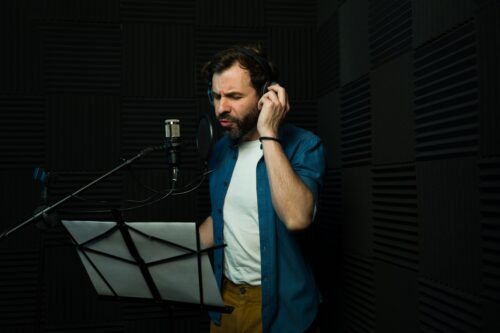
- Nuanced performances: Voice actors are trained to capture a performance’s subtleties and emotional depth. Jean-Pierre Michael is the French voice actor known as Brad Pitt’s voice. His voice is so synonymous with French viewers they won’t accept a replacement.
- Cultural sensitivity: Voice actors use their tone to preserve the cultural nuances of content. In the Japanese dubbed Friends, the frequent American cultural references were replaced by locally recognized ones so voice actors could make them realistic.
- Linguistic accuracy: Voice actors can navigate idiomatic expressions, regional dialects, and cultural references, keeping translations authentic. Changing ‘a piece of cake’ to ‘pan comido’ in Spanish relies on delivery to convey the intended meaning.
Final Thoughts
Technology and voice talent are reshaping how stories are told across borders. Dubbing makes stories emotionally accessible worldwide, and while AI improves translation efficiency, voice actors are still the heart of captivating dubbed content. So, if you’re trying to expand your reach, dubbing offers a unique entry point into the universe of language.
Interested in creating dubbed projects? Work with professional dubbing voice actors on Voice123. Or hire our professional Managed Services to produce and deliver your entire dubbed project.
It’s time to transform silent text into living Soundscapes!
FAQs
It’s the version where the original audio is replaced with a new audio track in a different language. This process allows audiences to experience content in their own language without subtitles.
It replaces the original dialogue with a new audio track in another language. Voice actors must match the on-screen actors’ lip movements, facial expressions, and body language while speaking a different language from the on-screen actors.
Dubbing replaces the original spoken language of content with another language. Dub is used as a noun referring to the result of this process or a verb (e.g., to dub a film) in the context of creating a dubbed version.


